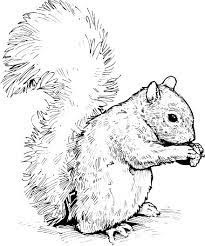Vertebrate Pest Conference: Proceedings

Vertebrate Pest Conference Proceedings: 29th (2020)
Date of this Version
2020
Document Type
Article
Citation
Proceedings, 29th Vertebrate Pest Conference (D. M. Woods, Ed.) Paper No. 45. Published November 30, 2020. 7 pp
Abstract
The only pesticide currently registered for mongoose control is a product developed for rats that consists of a hard-cereal bait block. Although the active ingredient (diphacinone) is known to be highly effective for mongoose, previous studies indicate that carnivorous and omnivorous mongooses do not readily consume the hard bait matrix designed for gnawing rodents. A palatable bait matrix with a consistency more appropriate to mongoose dentition and feeding behavior will be required to develop a more effective mongoose pesticide. We evaluated the acceptance and consumption of nontoxic versions of four candidate bait matrices: FOXECUTE® and FOXSHIELD® (Animal Control Technologies, Australia; ACTA); HOGGONE® (ACTA); and a potted pork shoulder loaf containing artificial dead mouse scent developed by WS-NWRC as a bait for invasive brown treesnakes (hereafter ‘BTS bait’). We offered test groups of six mongooses one of the candidate bait matrices alongside dry dog kibble dog food as a challenge diet for five days. Because the potential active ingredients para-aminopropiophenone and sodium nitrite require accumulation of the toxicant within a relatively brief period of time to affect lethal toxicity before they are metabolized, we conditioned mongooses to feeding within only a four-hour window rather than slowly sampling the bait throughout the day. We estimated rate and amount of consumption through review of time-lapse photography of feeding trials and measured total consumption by weighing uneaten portions of bait. From the first day offered, most mongooses readily consumed ample amounts of all four bait matrices and consumed almost no challenge diet. Overall, consumption was highest and most consistent with the BTS bait. Although this trial did not clearly discriminate an optimal bait matrix, this result is highly encouraging in that we have multiple palatable options. The final selection will be based on other characteristics of the bait matrix such as longevity in the field, compatibility with the selected toxicant, and ease of manufacture, storage, and use. We provide an overview of some of these characteristics for each candidate bait type.
Included in
Natural Resources Management and Policy Commons, Other Animal Sciences Commons, Other Environmental Sciences Commons


Comments
U.S. gov't work